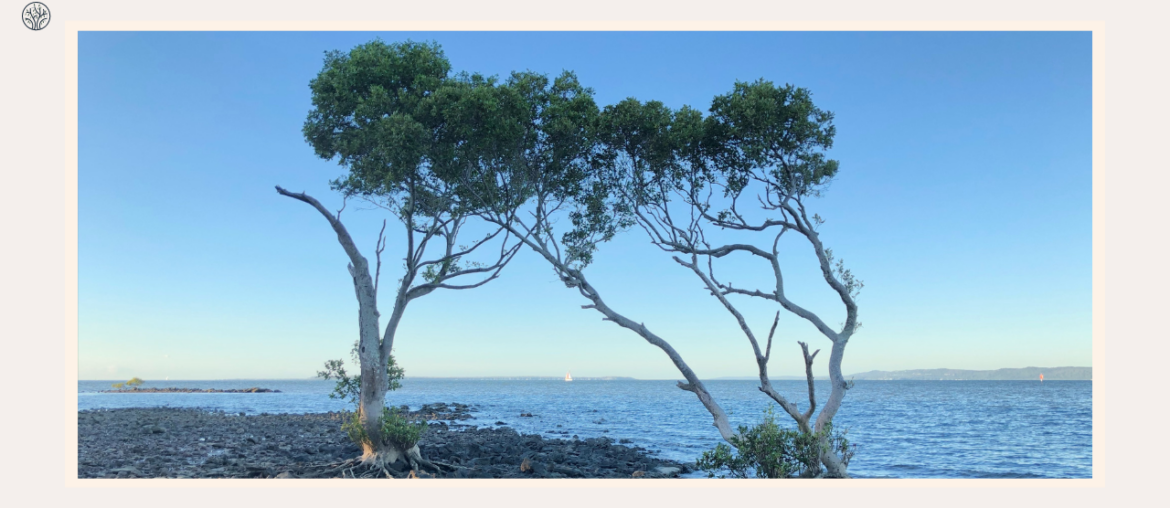According to research, mangrove forests offer ecosystem services worth up to $194,000 per hectare annually. As they sequester a lot of greenhouse gas emissions, mangroves significantly contribute to offsetting climate change.
Mangrove forests can be found along both tropical and subtropical shorelines, from Miami to Indonesia. Yet, they are in grave danger. According to the IUCN Red List, one in every six mangrove species is on the verge of extinction. This is a combined result of coastal expansion, climate change, logging, and agriculture.
As one of the main defenders against climate change, the disappearance of these species affects global climate change. In today’s post, learn about the importance of global mangroves to offsetting climate change.
What Are Mangrove Forests?
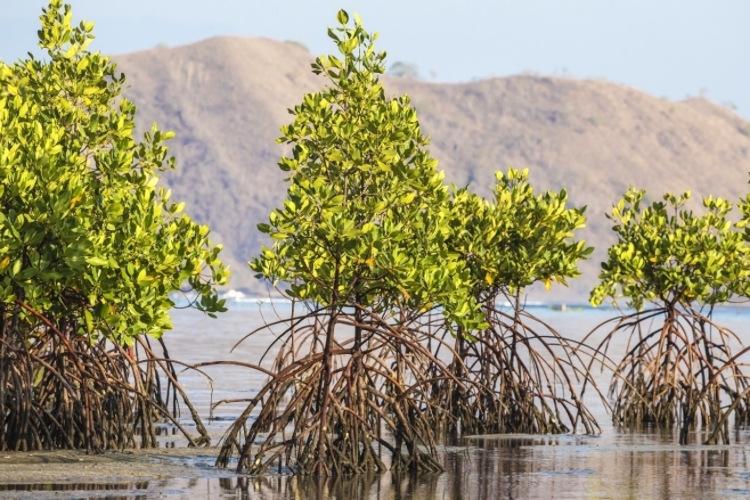
Mangrove forests are thickets or forests that grow densely in conditions that other plants cannot withstand, such as tidal estuaries, salt marshes, and muddy beaches. In fact, they cover about 0.5% of Earth’s coastal areas.
The world is experiencing the cumulative effects of climate change, particularly sea-level rise, decreased rainfall, and an increase in extreme weather. Along with human activities, mangrove forests and their ecosystems see a significant decline. As NASA has pointed out, a quarter of the world’s mangroves are lost in just 50 years.
Why Should We Protect Mangrove Forests?
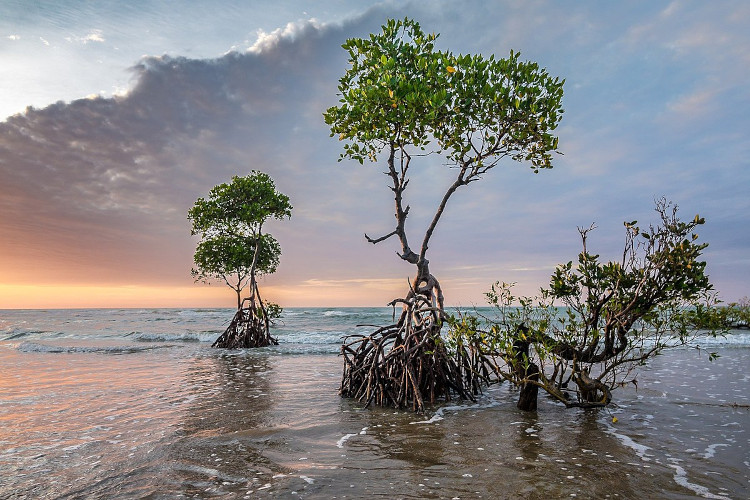
Because of their ability to sequester carbon, one of the major benefits of mangrove forests is their ability to reduce harmful greenhouse gases which cause climate change. In fact, mangroves can sequester 10 times more carbon than inland forests.
Mangroves shield coastlines from storm and hurricane winds, waves, and floods, capable of sheltering the land from up to 66% of the height of waves. They also contribute to erosion prevention by stabilizing sediments with their tangled root systems, keeping the water clean.
Why Are Mangroves Important To The Ecosystem?
Mangrove forests keep the shoreline stable
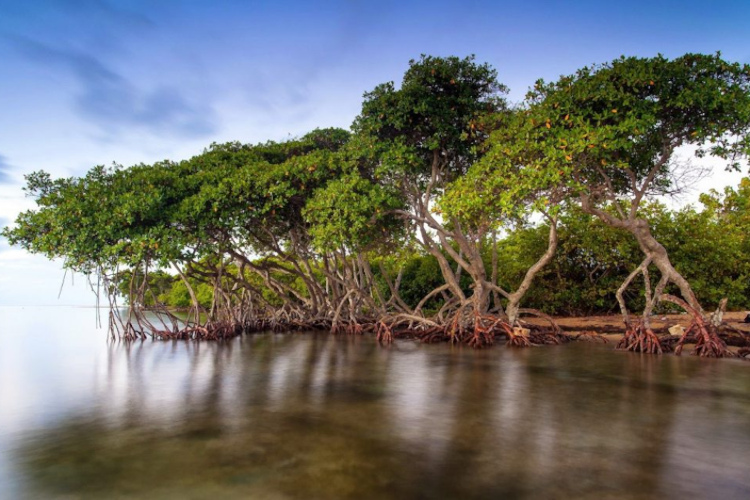
A healthy mangrove forest reduces erosion by sheltering the land from the height of wind, swell waves. and storm surges. The dense roots of their trees bind and build soil along the shoreline also. The above-ground roots slow water flow, promote sediment deposition, and decrease erosion.
Mangrove forests reduce seawater pollution
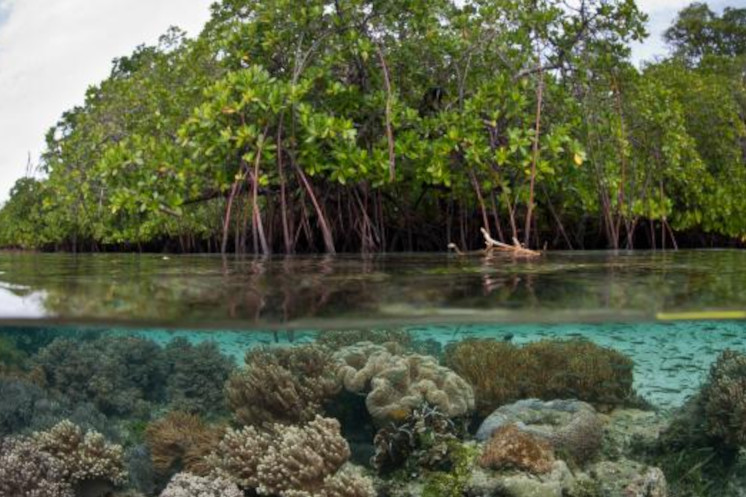
Mangrove forests protect both saltwater and freshwater from pollutants and sediments. Their extensive root systems filter nitrates and phosphates from rivers and streams while also preventing up to 90% of saltwater from infiltrating interior rivers.
Mangrove forests reduce the chances of coastal flooding
During a flood, waves can go deeper inland, causing damage to homes and infrastructure. Mangrove peat absorbs water during heavy rains and storm surges, becoming the first line of defense against flooding. In fact, according to research, each year mangroves prevent over $65 billion in property damage.
Mangrove forests are a crucial link for coastal ecosystems
Many fish, shrimp, crabs, and other shellfish species use mangroves as a natural breeding ground. Furthermore, even coastal avian species like little blue herons, great egrets, and brown pelicans need mangroves as nesting areas. Other bird species also depend on mangroves as part of their seasonal migration.
Healthy mangroves are also the natural habitat for commercial fish, shellfish, shrimp, and crabs. They bring in around $7.6 billion seafood industry annually, which employs 109,000 people in Florida.
How To Protect Mangrove Forests?
Even when many know why are mangroves important to the ecosystem, they are still severely threatened by climate change. Currently, 11 of 70 mangrove species are endangered and can be placed on the IUCN Red List. Some estimations also point out that only 50% of mangrove forests are still intact at the end of the 20th century.
There is not a lot of time left for these salty environmental warriors. Take a look at the current threats to mangroves and their respective solutions:
Shrimp farming
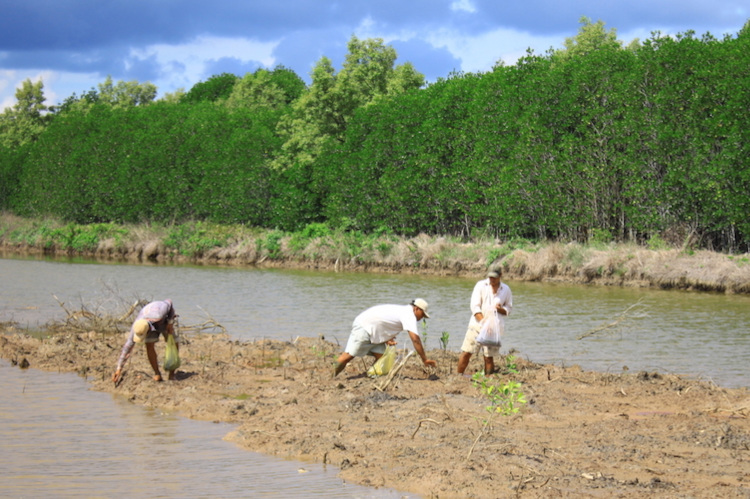
- Why it is a threat to mangrove forests: Shrimp farmers create artificial shrimp ponds by diverting the natural water flow that maintains the mangroves. This can destroy the mangroves as it stops the seeds of the mangrove from being dispensed via seawater flow and kills the regional mangroves by cutting off their freshwater supply. Farmers also use chemicals and antibiotics to keep shrimp healthy, which further contaminates the mangroves’ water sources.
- Solution: Governments need better plans to reign in the unsustainable practices of farming shrimp, including chemical usage and the destructive expansion of shrimp farms. In fact, there are many government-backed conservation programs that have seen great success.
Tourism
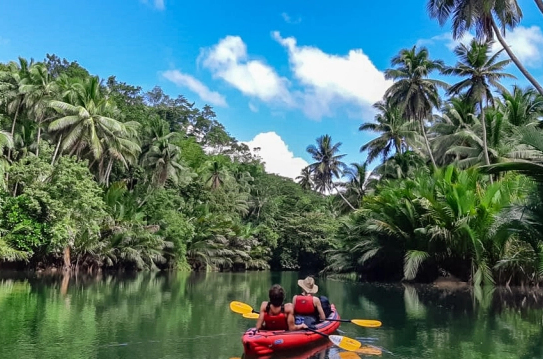
- Why it is a threat to mangrove forests: Tourism is not directly responsible for the destruction of mangroves. However, irresponsible littering by tourists can flood the mangroves with non-biodegradable trash. Tourism can also spawn garbage, sewage, noise, fumes, lights, and other activities that disturb the natural habitat of mangroves.
- Solution: Eco-tourism needs to be the focus instead of traditional forms of tourism. For tourists, look for eco-friendly travel agencies to plan your eco-friendly tour.
Coastal Development
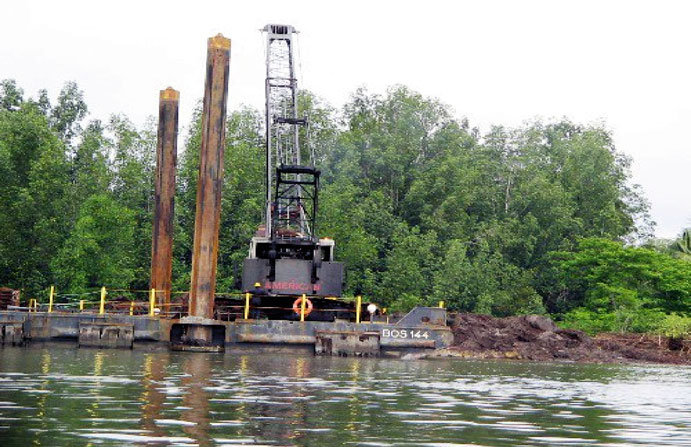
- Why it is a threat to mangrove forests: Coastal development leads to the direct loss of coastal habitats and mangrove forests, which are cut down to make space for other infrastructure. Coastal developments also put great pressure on the natural environment as they increase the amount of pollution from regional agriculture and industrial waste.
- Solution: Infrastructure planners need to give great consideration to the mangroves and ecosystem when planning coastal developments and expansions. Environmental lobbyists can be more active in planning infrastructure as well if they utilize the power of the community to propel infrastructure development toward sustainability.
Charcoal and Lumber Industries
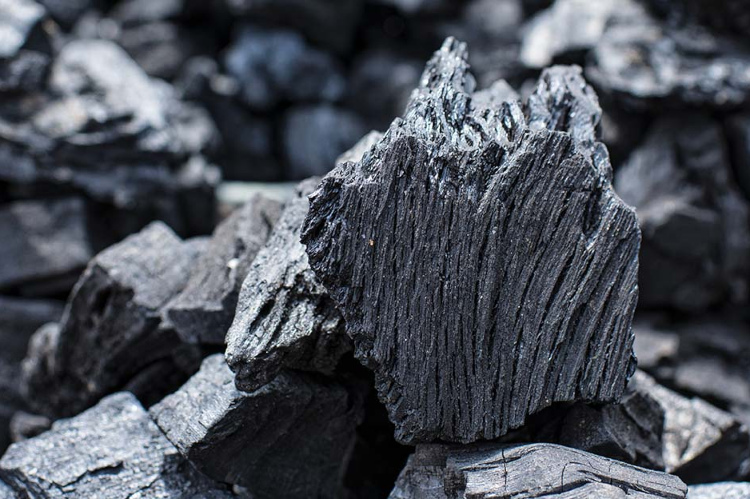
- Why it is a threat to mangrove forests: Many in the lumber industry consider mangroves an exploitable source of wood. Black mangroves and buttonwood, two of the most common trees in the mangrove ecosystem, are constantly cut down for charcoal. Other woods are used to make houses, boats, pilings, and furniture in coastal areas due to their water-resistant quality.
- Solution: Better, more restricted laws on mangrove exploitation are needed to limit the charcoal and lumber industries from taking too many resources from mangroves. It is best that the regional government work with scientists and environmentalists to come up with a good harvesting law for the industry.
Climate Change
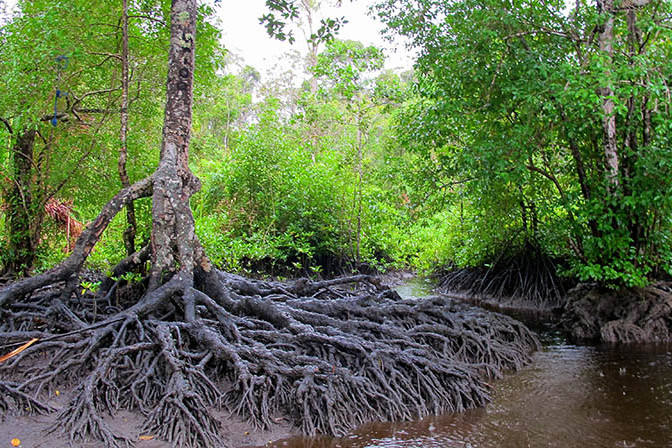
- Why it is a threat to mangrove forests: Climate change directly affects sea level rise via ice polar melting. This causes the flooding pattern, the areal extent of the mangrove, which negatively affects the mangrove ecosystem as they have little time to adjust to the increased and rapid change.
- Solution: There are many solutions to climate change, from opting for a more sustainable direction in infrastructure and business to reforestation and the restoration of global canopy-covered areas.

By estimation, it costs 2010 US dollars to restore 1 hectare of mangrove. To help restore mangroves worldwide, the four aforementioned solutions are incredibly effective. Or you can participate in reforestation efforts and initiatives in these regions.
In terms of reforestation, Tenere offers you a convenient way to plant trees. By shopping via our website, you are contributing to global reforestation. Check out our current progress on reforestation for more details.

